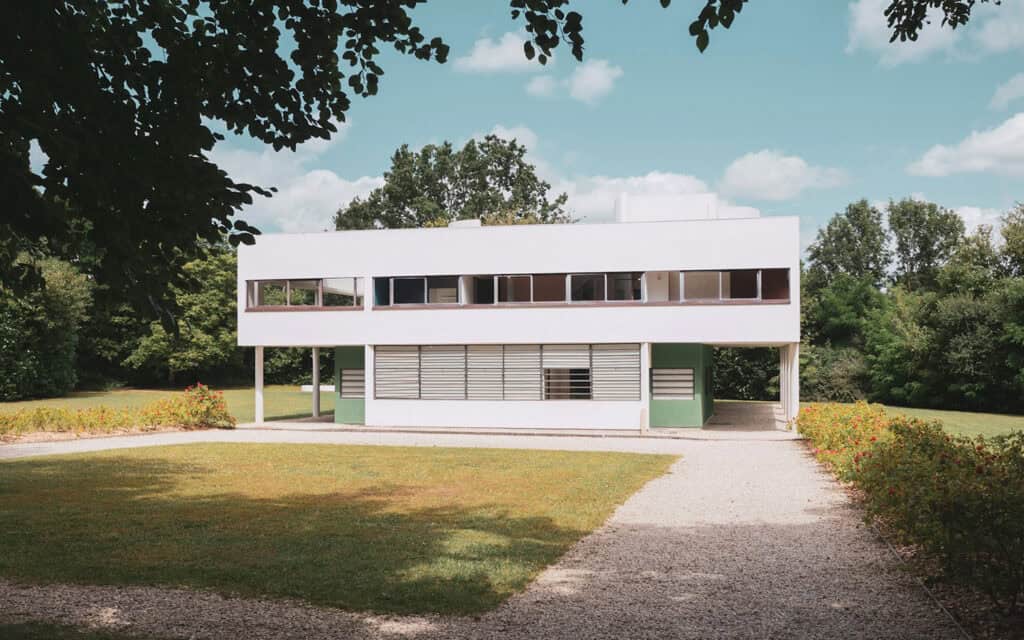
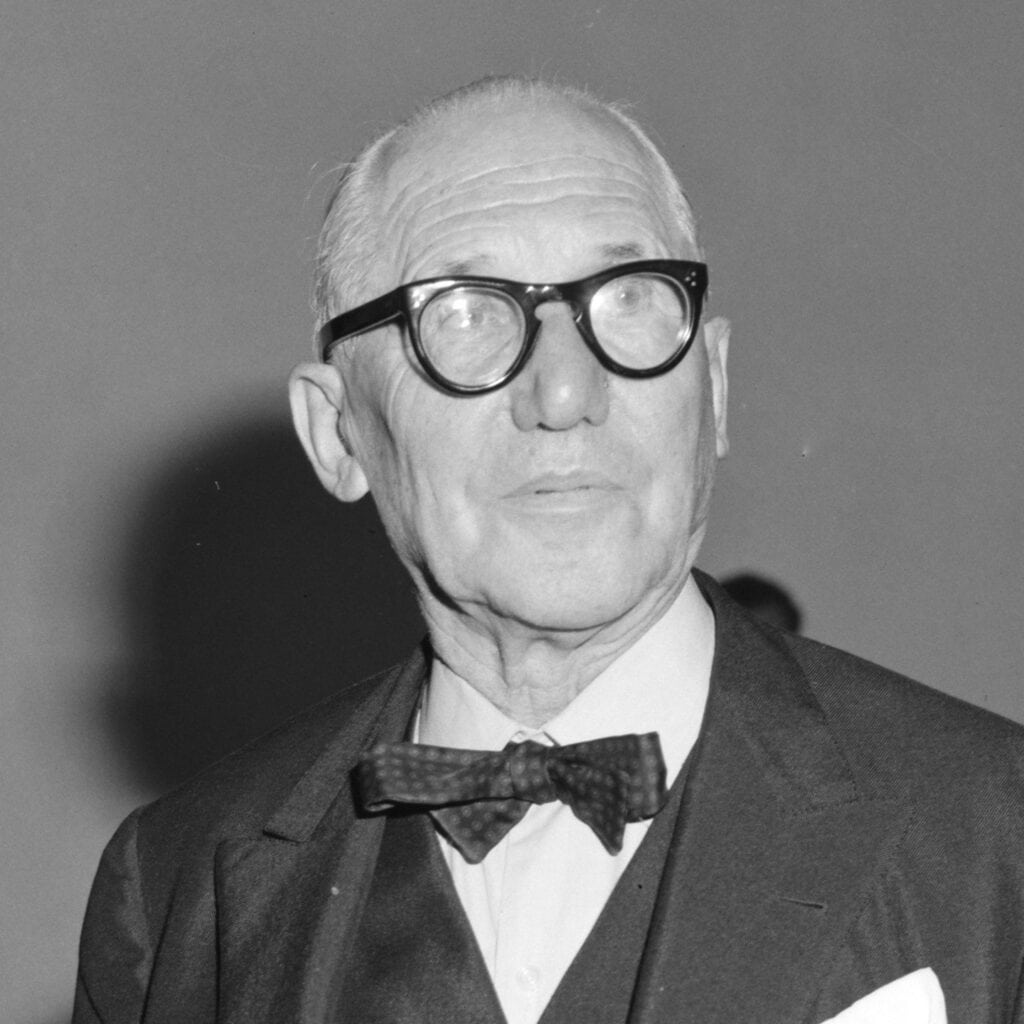
Have you ever wondered how some of the most iconic modern buildings achieve such a perfect balance of functionality and beauty?
Le Corbusier’s Five Points of Modern Architecture set the stage for a new way of designing buildings. He combined practical ideas with beautiful design. These principles aren’t just old concepts; they still influence and inspire how we design buildings today.
In this article, we will explore:
- The essence of Le Corbusier’s Five Points of Architecture
- How these principles have shaped modern architectural practices
- Le Corbusier’s iconic quotes
Join us to learn how Le Corbusier’s ideas continue to be a key part of great architectural design.
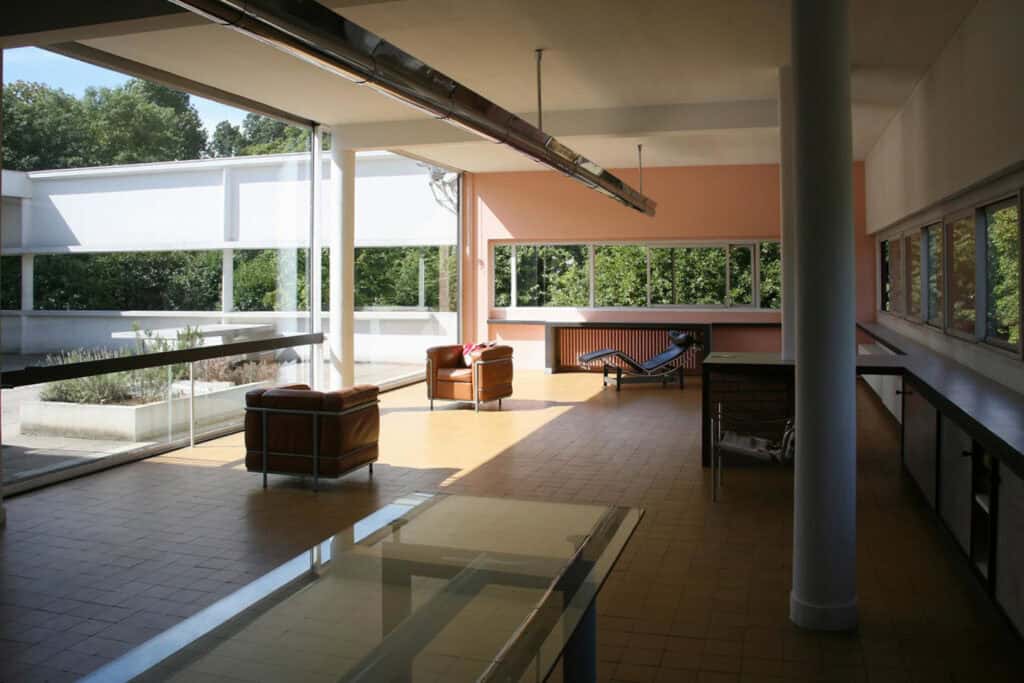
Le Corbusier’s Five Design Secrets
1. Pilotis

Pilotis elevate buildings above the ground, creating open space underneath. This design boosts natural light and airflow while reducing the building’s footprint. Using pilotis instead of load-bearing walls makes it possible to have open floor plans and more flexible designs.

See also How Do I Make My Interior Look Luxurious? 10 Essential Tips
2. Roof Garden
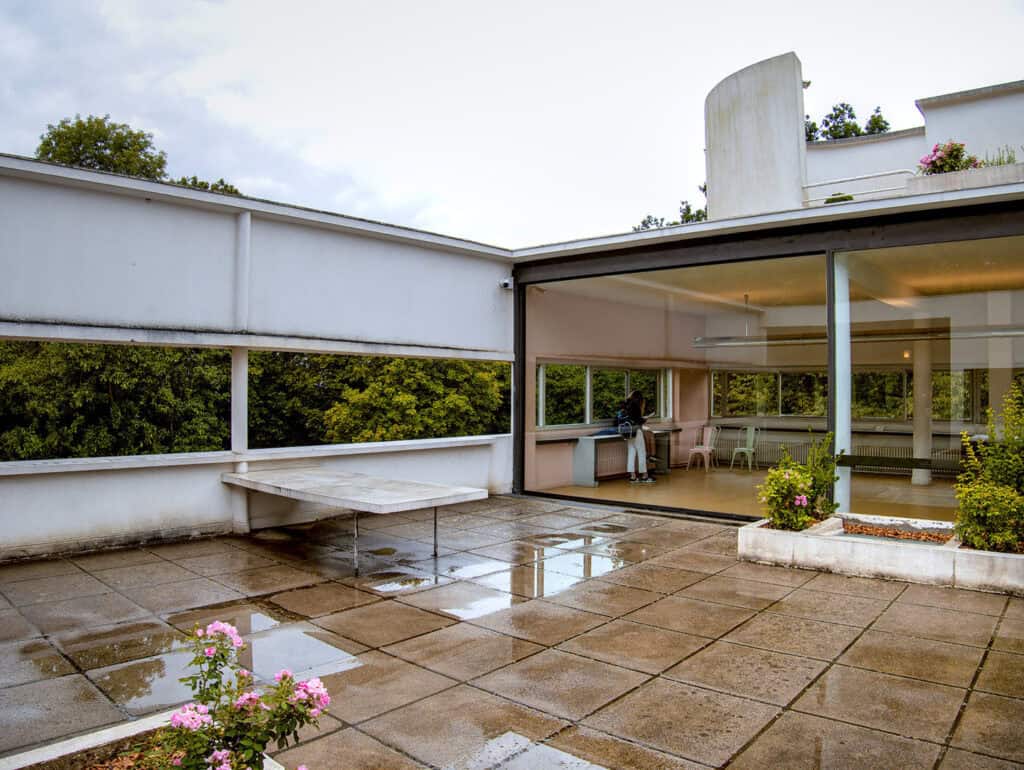
A roof garden turns a flat roof into a functional outdoor space, enhancing both aesthetics and sustainability. It helps keep buildings warm or cool, supports a variety of plants and animals, and provides great views, especially in cities where space is limited.
This design idea combines usefulness with beauty, making extra living spaces that are both calming and practical.
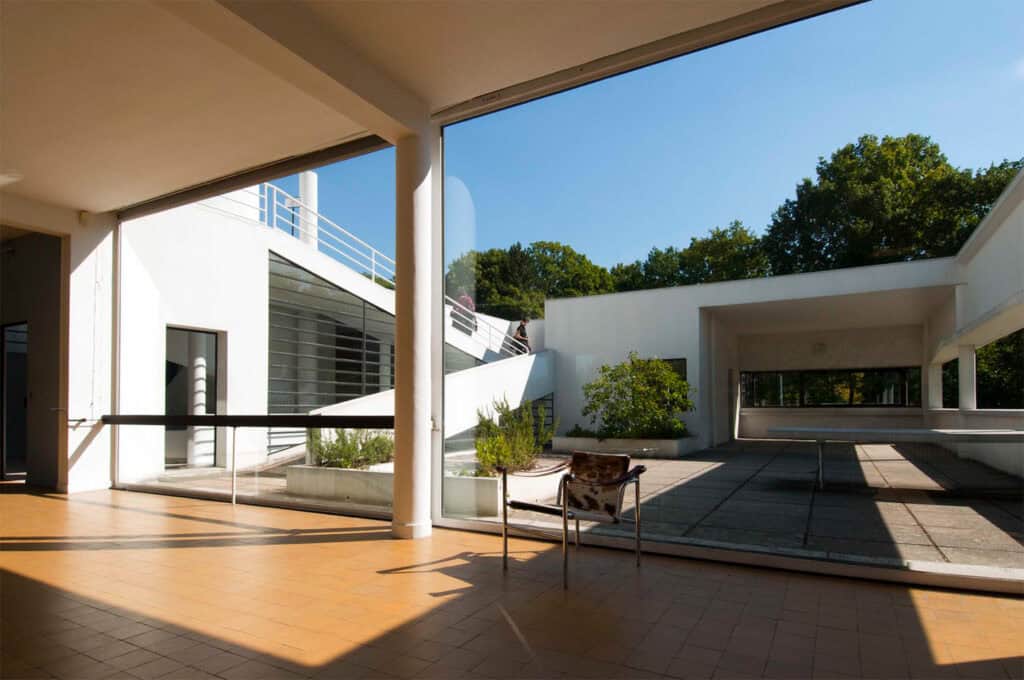
3. Open Floor Plan
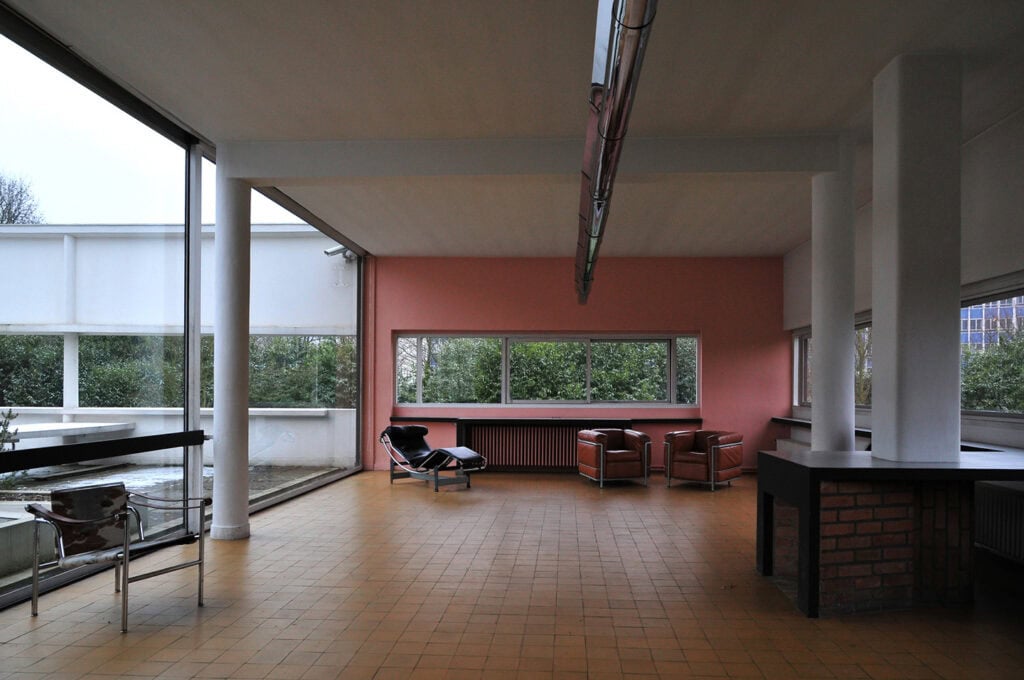
By using design principles that reduce walls, this approach lets in more natural light and creates a bright, welcoming space. It makes the home more functional, open, and adaptable to different lifestyles, helping people interact more comfortably.
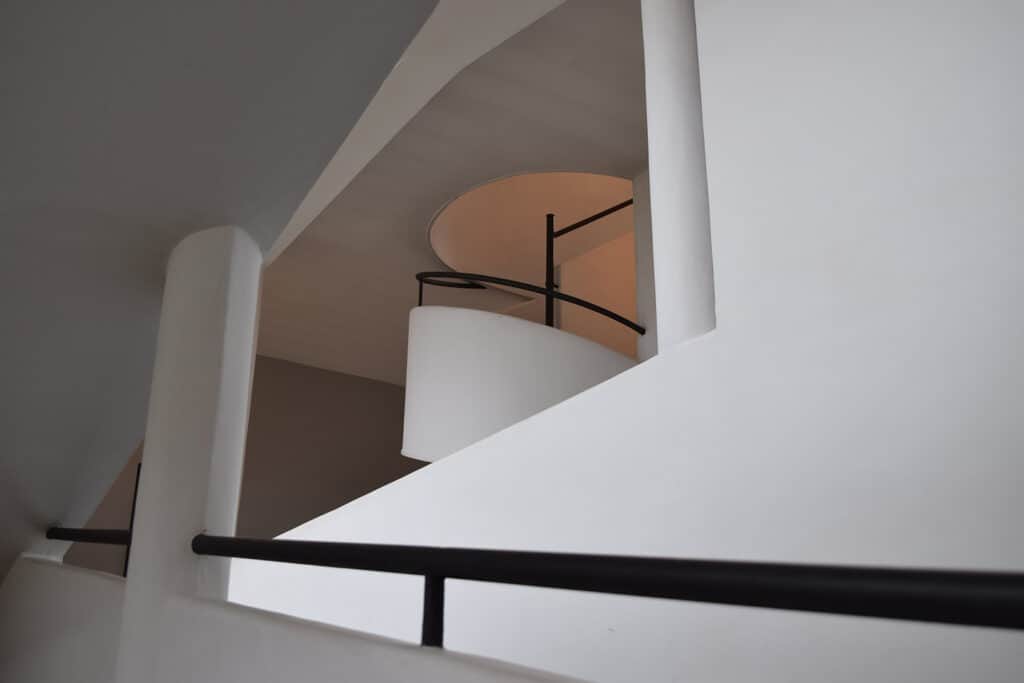
4. Horizontal Windows
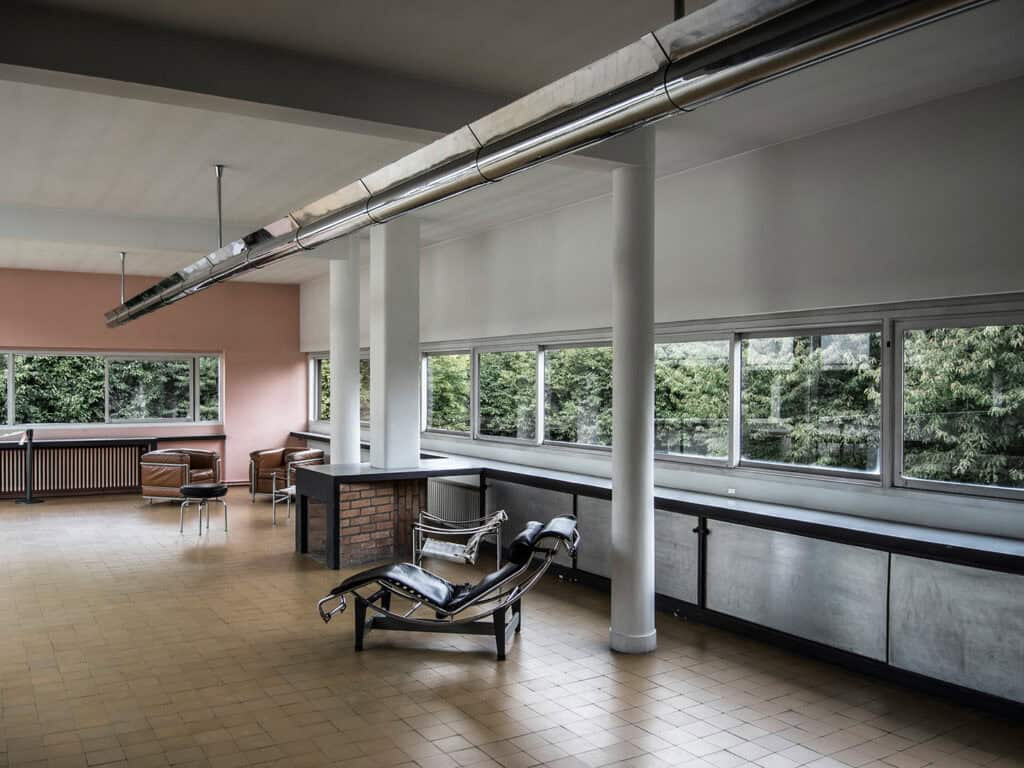
Horizontal windows go across the front of the building, letting in lots of natural light and offering wide, sweeping views. This design helps you see more of the space and links the inside with the outside. It promotes a sense of openness and clarity, improving both the look and function of the building.
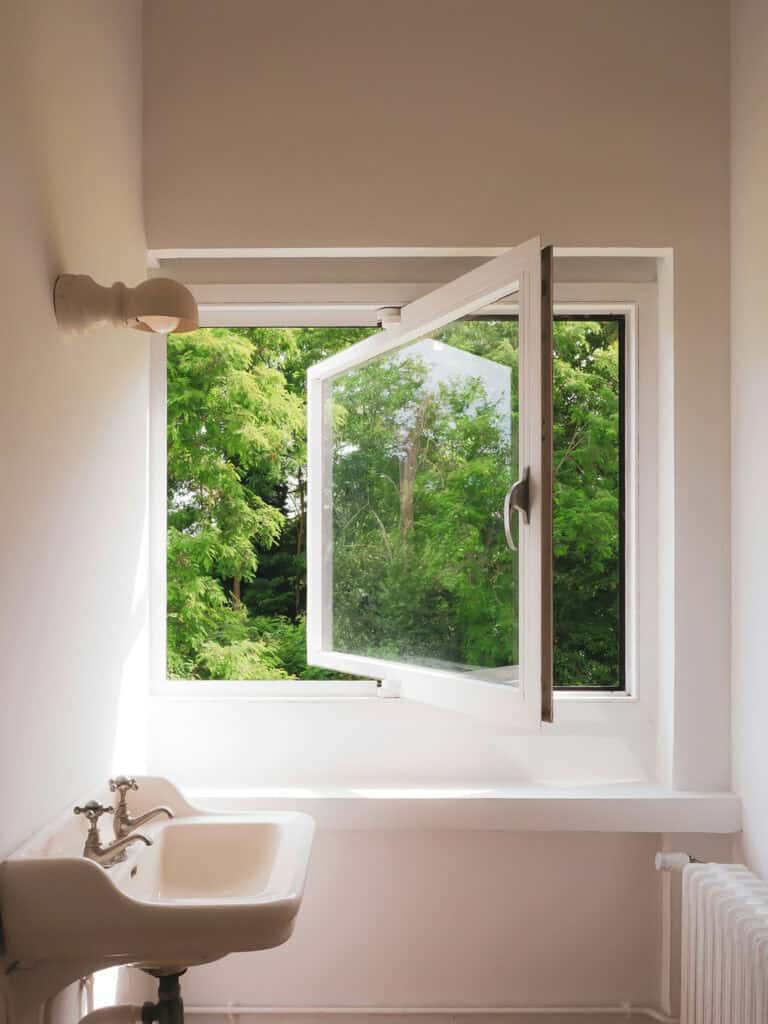
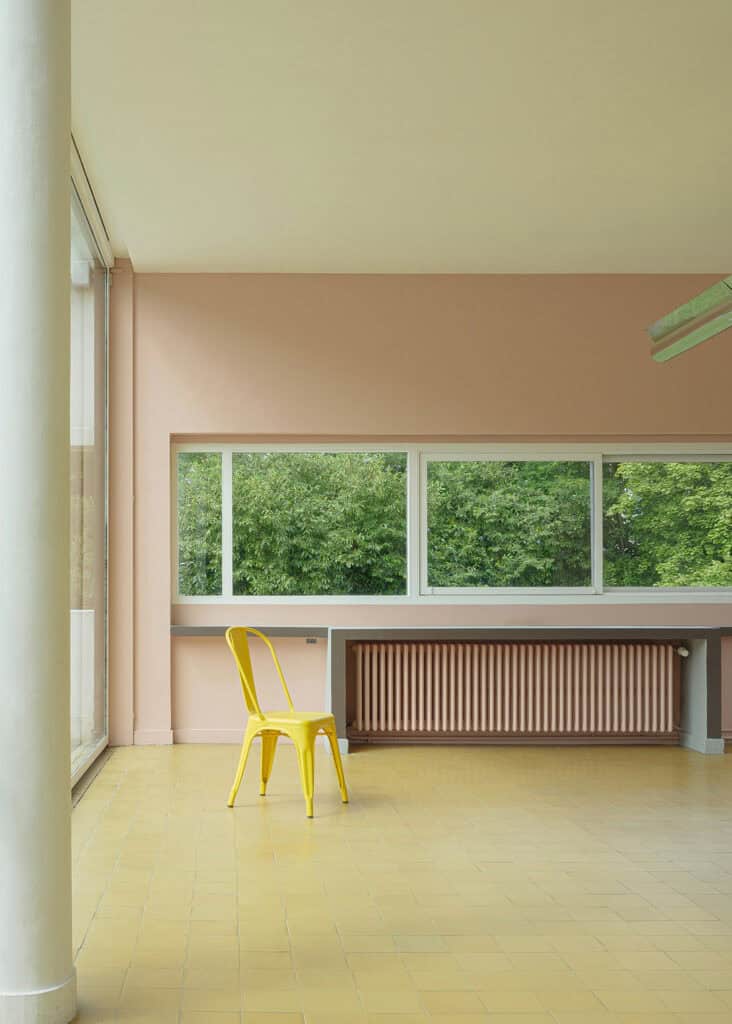
5. Free Facade Design
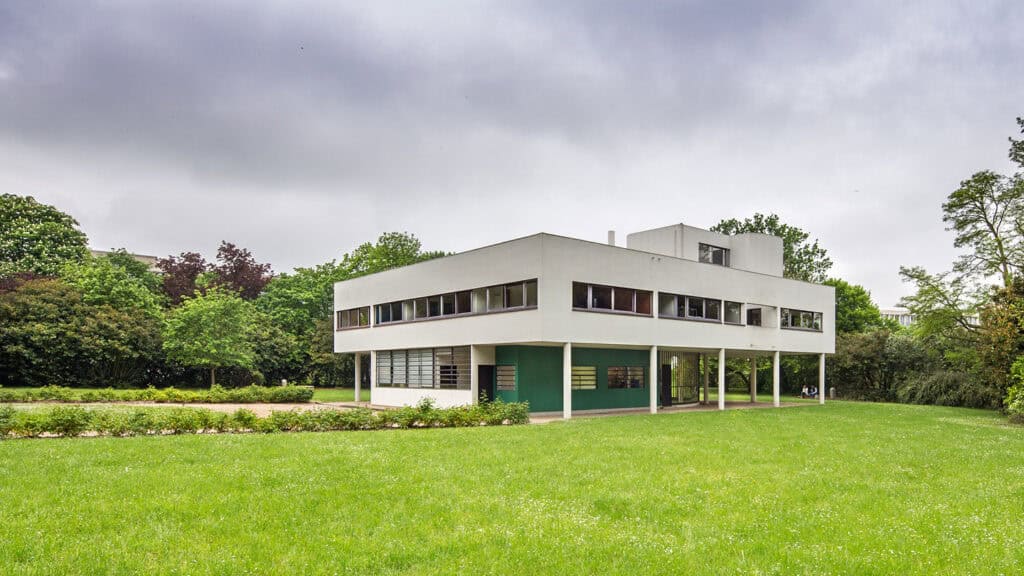
Le Corbusier’s free facade design principle separates the facade from structural elements, emphasizing aesthetics and allowing for creative freedom. This versatility supports experimentation with materials and forms, complementing open interiors and resulting in visually striking buildings that embody the international style and modern movement.
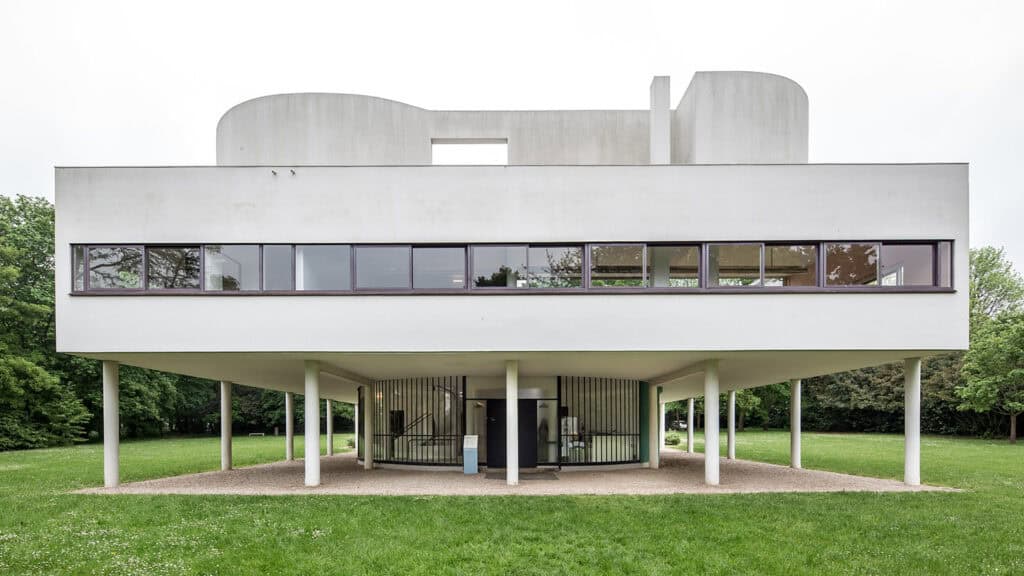
See also Modern Organic Architecture: 5 Top Elements and 7 Examples
The House as a Machine for Living
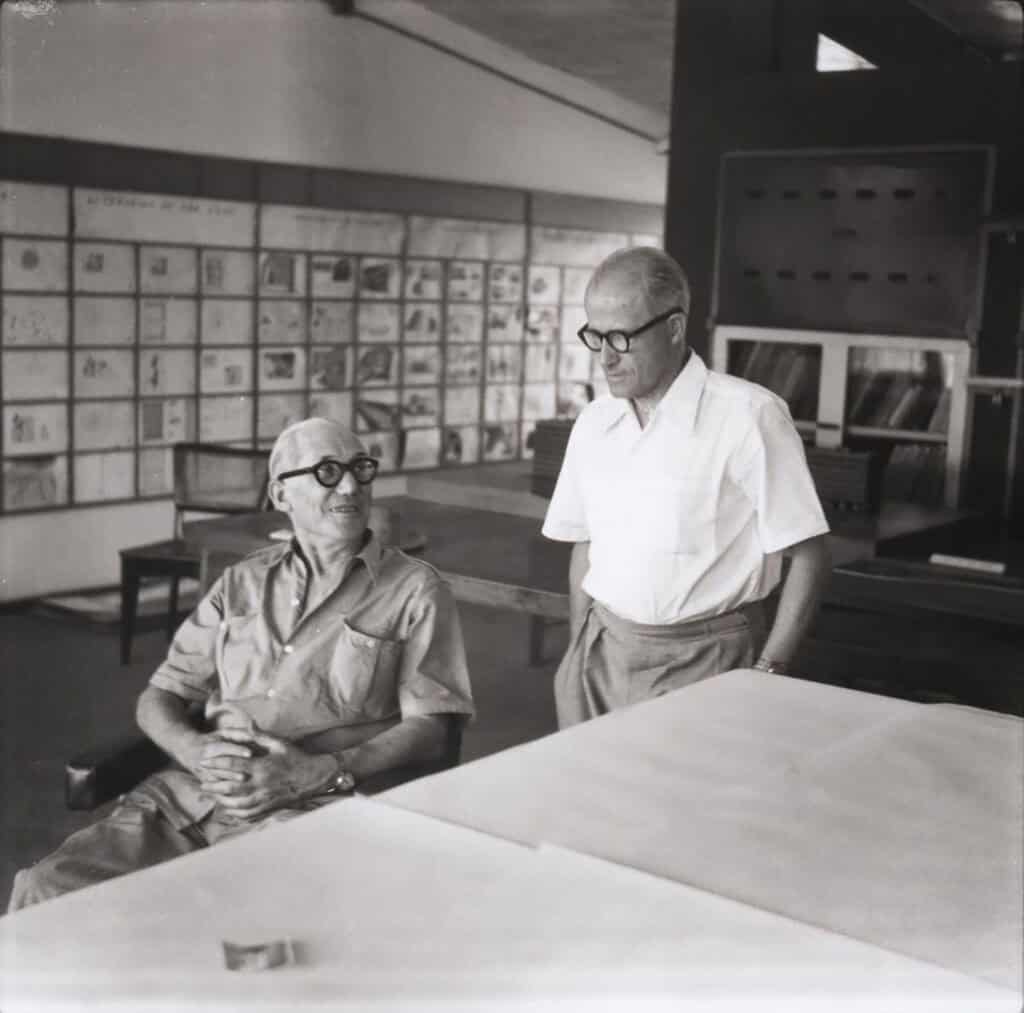
“A house is a machine for living in”
Le Corbusier famously called the house a “machine for living,” highlighting how important it is for a home to be practical and useful. This idea means that architecture should be designed to fit people’s needs and improve daily life.
“The home should be the treasure chest of living.”
Le Corbusier’s concept of the home as a “treasure chest of living” emphasizes that it should blend functionality with personal comfort. This idea drives modern design, making homes both practical and stylish while enriching daily life.
“Architecture is the masterly, correct, and magnificent play of masses brought together in light.”
Le Corbusier saw architecture as a “play of masses in light,” where natural light enhances design. See how this principle changes spaces into visually stunning areas that are both practical and beautiful.
“To create architecture is to put in order. Put what in order? Function and objects.”
Le Corbusier’s focus on “putting in order” highlights the importance of organizing spaces for both function and aesthetics. See how this approach can make your space more efficient and visually appealing.
What Are the 5 Rules of Modern Architecture? A Recap
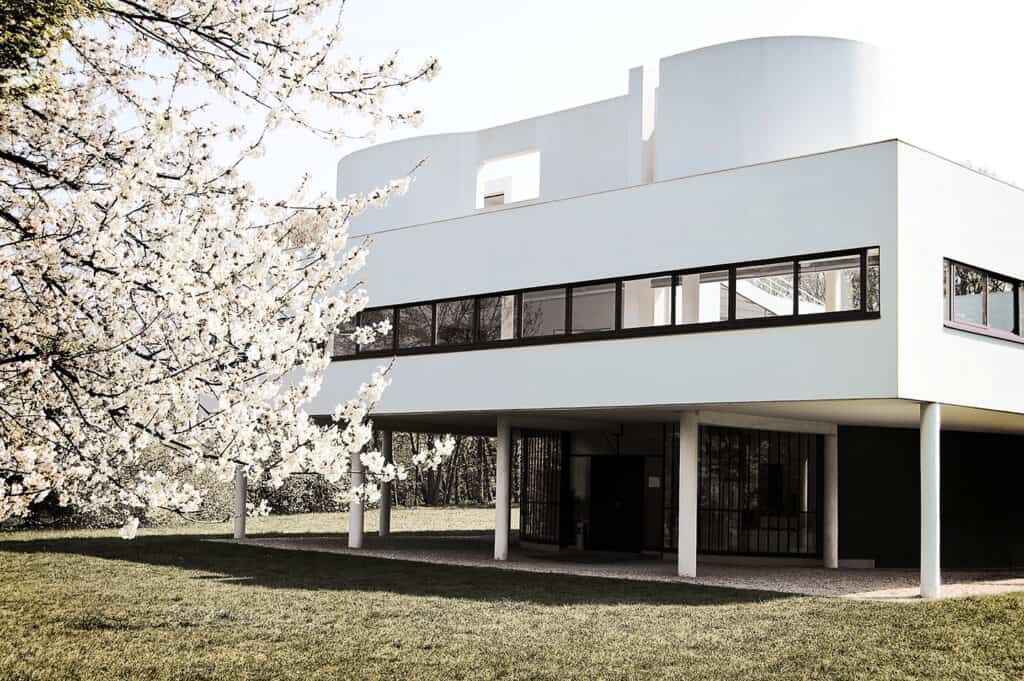
Le Corbusier’s principles revolutionized Modern Architectural Styles, emphasizing functionality and harmony. His Five Points of Architecture have had a lasting impact on design.
- Pilotis: Elevation of structures for better integration with nature.
- Roof Gardens: Creating additional living space.
- Free Floor Plan: Flexibility in interior design for various uses.
- Horizontal Windows: Maximizing natural light and panoramic views.
- Free Façade: Aesthetic liberty in exterior design.
Le Corbusier’s principles, shown through the Villa Savoye, illustrate his idea of architecture as a “machine for living,” focusing on meeting human needs and advancing design. His lasting impact still inspires architects and influences visual arts, demonstrating how his work combines function and beauty in design.









